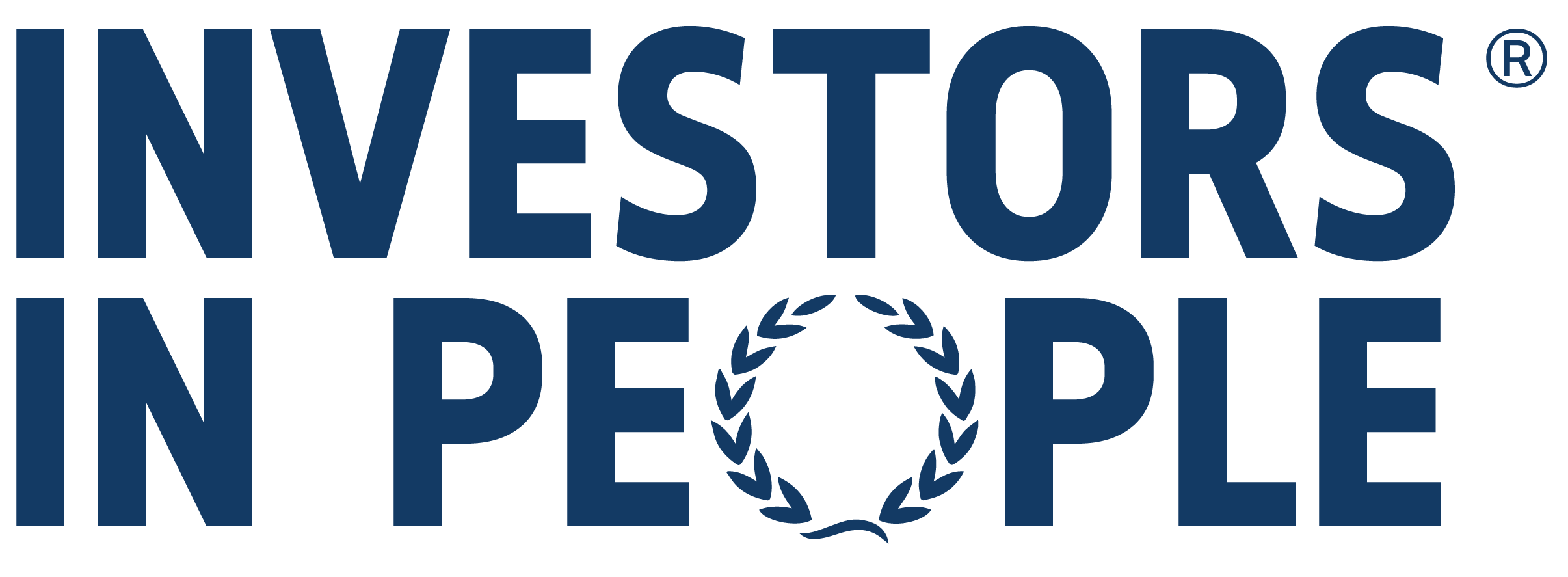We thought it interesting to identify and examine some of the key differences between small and large organisations.
This is our list of the top 5 and why we’ve chosen them –
Politics | Structure | Employees | Salary | Culture
Read in more detail below…
Politics
Due to the myriad layers of management, politics tends to play a lesser role within larger organisation than their smaller counterparts. In small organisations, the owner of the organisation may have long standing personal relationships with other employees or owners. Husband and wife teams are also common. For a person coming into an organisation such as this, it can be challenging to nurture the right relationships without alienating others who also have direct influence over leaders.
Structure
Without question, one of the clear differences between smaller and large organisations is the more bureaucratic and hierarchical structure. Due to the amount of personnel within a large company, they are inherently more hierarchical. Resulting in teams working in silos, or without an understanding of the nature of the business. However, it also allows for employees to specialise in their job profile. Whereas, in a smaller company, it is easier to interact with decision makers, as they will probably sit only a few feet away.
Furthermore, it is also easier to make swift and reactive decisions e.g responding to customer requests, giving small businesses an edge over their larger cousins. Due to their often-cautious nature, the larger business will often delegate decisions to committees or sub-committees. Although they will have more time and resource to consider a response, it will also take much longer. Where large companies do have an advantage is in their resource capabilities. More employees, revenue streams and amenities at their disposal. Therefore, it is much easier for them to direct these to a specific issue.
Finally, the environment within the two different types can be very different. The structure in large businesses tends to be full of policy manuals, HR inductions, job descriptions and meetings. In smaller businesses this tends to be far more ad-hoc. Employees havine more freedom to do as they see right.
Employees
The melting pot that makes up the employee list of any organisation is always interesting. Varying in look between large and small companies. In smaller ones, there tends to be a more diverse workforce with young and old, differing aspirations etc. While, in many large organisations, the workforce can begin to take the shape of the company itself. That is with many adopting the culture of the company. Dissenters can then be pushed out, leaving an almost standardised and regulated employee. There is also a strong argument, that large businesses tend to attract those who are looking for job security. On the contrary, smaller ones appeal to those who wish to work across a number of different areas, looking for growth, change or risk taking.
Salary
One aspect that few people disagree with is that in larger companies the salary tends to be higher. This aspect is recognised by smaller employers however, and many combat this by adding in perks e.g private healthcare to make their benefits packages more substantive.
Culture
One aspect that few people disagree with is that in larger companies the salary tends to be higher. This aspect is recognised by smaller employers however, and many combat this by adding in perks e.g private healthcare to make their benefits packages more substantive.
Perhaps one of the most marked differences between the two types of organisation is that of culture. For new start-ups, every decision taken can be a dangerous one, and so they tend to be less risk averse than larger well-established companies. For big business, making a small percentage increase on an existing widget when they already have a turnover of £500m can make all the difference. Therefore, big businesses tend to shy away from risky decisions. Instead, they prefer being more conservative and improving what is already there, amongst their existing customers.
Many large businesses are now trying to find a way of maintaining the small business mentality irrespective of their size. They recognise that elements e.g long term planning with an element of risk taking will benefit them in the medium to long term.
While examining the differences can be both interesting and informative, every organisation must be taken on its own merit. Many large companies will illustrate some of the attributes shown to them above, so will many smaller companies, and vice-versa. While this can give us guidance on what an organisation may look like on the inside, ultimately it is no more than that.







